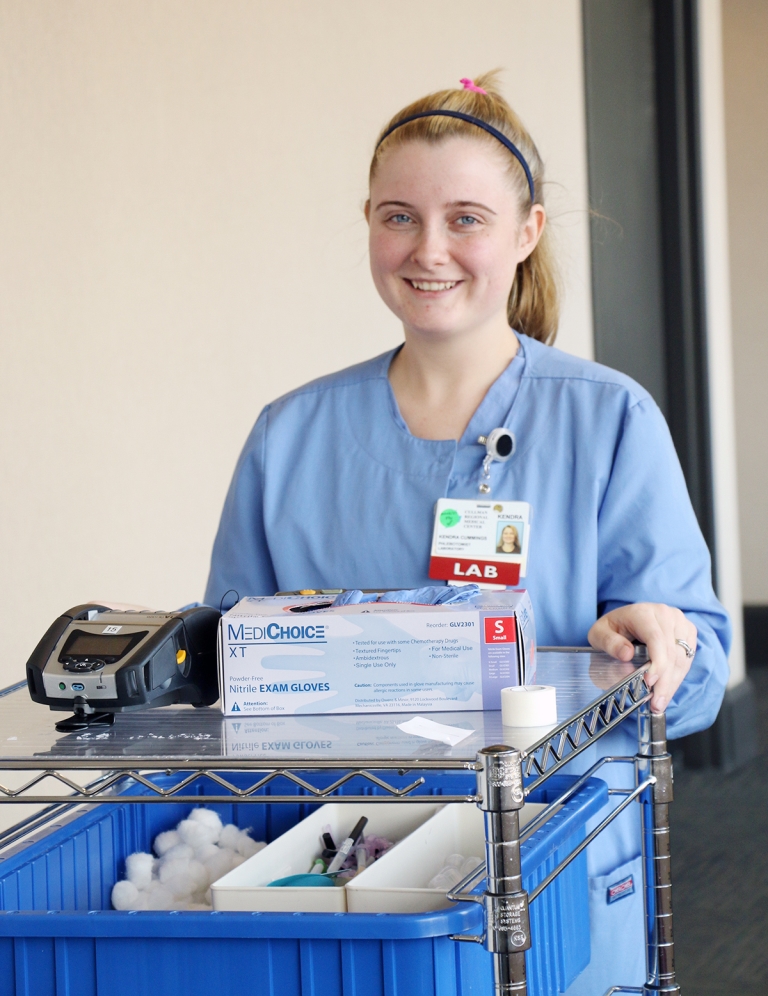How to Become a Phlebotomy Tech: Step-by-Step Guide to Launch Your Healthcare Career
Are you considering a rewarding career in healthcare but unsure where to start? Becoming a **phlebotomy technician** is an excellent choice for those interested in patient care, laboratory work, and making a real difference in people’s lives.This comprehensive, step-by-step guide will walk you through the process of becoming a certified phlebotomy tech, including educational requirements, certification paths, practical tips, and insights into the benefits of this healthcare career.
Introduction
Phlebotomy technicians play a crucial role in the medical field by collecting blood samples for testing, transfusions, donations, or research. The demand for skilled phlebotomy techs is growing steadily, making it a promising career path with opportunities for advancement. Whether you’re just starting out or looking to switch careers, understanding the necessary steps to become a phlebotomy technician can set you on the right track. Let’s explore how to launch your healthcare career as a phlebotomy tech.
Steps to Become a Phlebotomy Technician
Step 1: Understand the Role and Responsibilities
Before diving into training and certification, familiarize yourself with what a phlebotomy technician does. Typical responsibilities include:
- Drawing blood from patients using various techniques.
- Properly labeling and handling blood samples.
- Ensuring patient comfort and safety.
- Maintaining sterile procedures and equipment.
- Accurately documenting collection details.
Understanding these duties helps you determine if this career aligns with your interests and skills.
Step 2: Meet the Educational Requirements
Most employers require aspiring phlebotomy techs to have at least a high school diploma or equivalent (GED). To increase your employability and earning potential, consider enrolling in a formal phlebotomy training program. These programs typically include:
- Classroom instruction on anatomy, physiology, and infection control.
- Hands-on practice with blood collection techniques.
- Training on safety protocols and equipment sterilization.
Training programs are offered through community colleges, vocational schools, hospitals, or online platforms. The duration can range from a few weeks to several months.
Step 3: Complete a Phlebotomy Training Program
| Program Type | Duration | Certification Eligibility |
|---|---|---|
| Community College Certification | 4-6 weeks | Yes |
| Online Phlebotomy Course | Varies | Depends on program |
| Hospital-Based Training | 8 weeks or more | Usually required for certification |
Choose a program accredited by relevant bodies like the National Accrediting Agency for Clinical Laboratory Sciences (NAACLS) to ensure quality education and eligibility for certification exams.
Step 4: Obtain Practical Experience
Most training programs include a required clinical practicum where you gain real-world experience. Additionally, hands-on training is critical for developing confidence and proficiency in venipuncture and skin punctures. Seek opportunities for internships or externships to enhance your skills and build your professional network.
Step 5: Pass a Certification Exam
While certification is not always mandatory, most employers prefer or require certified phlebotomy technicians. Popular certifying agencies include:
- National Healthcareer Association (NHA)
- American Society for Clinical Pathology (ASCP)
- National Phlebotomy Association (NPA)
To qualify, you typically need to:
- Complete an accredited training program.
- Accumulate a certain number of blood draws (varies by certifying body).
- Pass the certification examination.
- become a phlebotomy technician
- certified phlebotomy tech
- phlebotomy training programs
- blood collection technician certification
- how to start a healthcare career
- phlebotomy job requirements
- Develop excellent patient interaction skills.
- Practice proper hand hygiene and infection control.
- Stay current with new procedures and certifications.
- Join professional organizations like the American society for Clinical Pathology (ASCP) for networking and resources.
- High job demand and good job stability.
- Relatively short training programs and quick certification path.
- Fulfilling role helping patients and supporting healthcare teams.
- Opportunities for advancement into supervisory, training, or specialized roles.
- practice venipuncture techniques diligently to improve confidence.
- Keep a portfolio of your clinical experiences.
- Seek mentorship from experienced phlebotomists.
- Stay organized with documentation and patient records.
Keywords:
Step 6: Apply for Entry-Level Positions
With certification in hand, start applying for phlebotomy technician jobs at hospitals, clinics, laboratories, diagnostic centers, or blood donation centers. Highlight your training, certification, and practical experience in your resume to stand out.
Additional Tips for Success
Benefits of a Career as a Phlebotomy Technician
Practical Tips for Aspiring Phlebotomy Techs
Case Study: From Novice to Successful Phlebotomist
Jane, a high school graduate, decided to pursue a career in healthcare. She enrolled in a 6-week accredited phlebotomy training program, completed her clinical practicum at a local hospital, and obtained certification through the NHA. With her certification, Jane secured a position at a community blood donation center. Over time, she expanded her skills, became a supervisor, and now trains new phlebotomy students, exemplifying how dedication and proper training can launch a successful healthcare career.
Conclusion
Becoming a phlebotomy technician is an accessible and rewarding pathway into the healthcare industry. By understanding the necessary educational steps, gaining hands-on experience, obtaining certification, and actively seeking employment opportunities, you can start a fulfilling career that offers growth, stability, and the satisfaction of making a difference. Whether you’re just starting your journey or looking to switch careers, follow this step-by-step guide to become a certified phlebotomy tech and step confidently into your healthcare career today!
